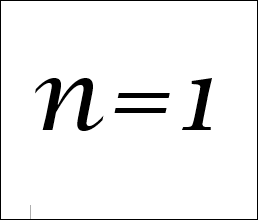This site is dedicated to personal science and self-experimentation, where I test how various interventions affect my health and cognitive performance. Here you’ll find documented n=1 experiments using methods like reaction time testing to evaluate the effect of supplements, dietary changes, and other interventions. Following in the tradition of pioneering self-experimenter Seth Roberts, these studies employ scientific protocols including self-blinding and placebo controls to uncover improvements in health and mental performance.
Although this site is all about self-experimentation, my latest results were discovered by accident, when I found that the drug metformin unexpectedly improved my reaction time, thus raising the possibility that the drug has cognitive benefits
I’m always eager to correspond with other self-experimenters, particularly people who want to collaborate. Reach out to me at alexc@aya.yale.edu.
— Alex Chernavsky

